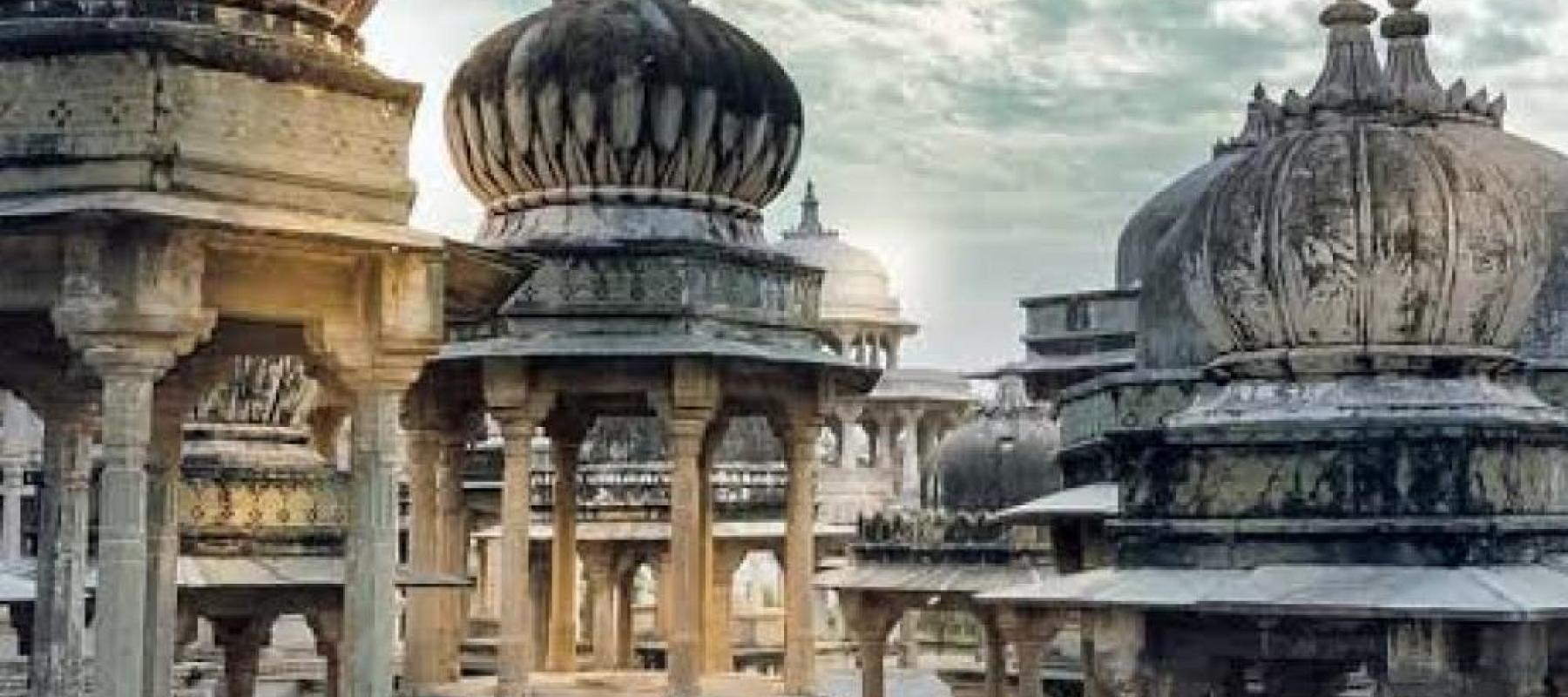Though we continue making history every day, there is something quite enduring about the bygone era. The narratives of the past do not just lie frozen in the walls of the monuments built over time, but also show through our cultures and lifestyles, be it our long and successful struggle for freedom, the wars fought by valiant kings and queens, the influence of cultures, the spread of various religions, and the evolution of mankind and the beginning of civilisation.
A lot of us may not go so far back in time, but it was the Indus Valley civilisation that truly laid the foundation of civilisation. Be it trade, commerce, lifestyle, architecture and urban planning, perhaps we wouldn’t have gotten here if we hadn’t started there. Today, these civilisations, excavated over years, remain in ruins. These may be the cities of the dead, but here, one can truly imagine life. This life is what we are all set to explore with a unique heritage walk through Ahar, the largest rural Bronze Age site of the Ahar-Banas culture of South Rajasthan. Held on the 20th of January, 2019 by Sahapedia through its outreach programme, India Heritage Walks, this enriching experience will make you revisit the forgotten past.
The walk will begin at the Ahar Museum, that houses a large collection of artefacts and sculptures from the Bronze Age that lasted roughly from 3000 to 1500 BCE. Imagine and interpret the life and lifestyle of the fascinating civilisation and observe the objects and practices still in use till this date. Progress further into the future with the Ahar Cenotaphs. Covering an area of 3.02 hectares, it is the largest cenotaph complex amidst the medieval Rajput cenotaphs.
These cenotaphs stand as a symbol of valour and courage of the kings of Mewar who were cremated here. But their grandeur also lies in their architecture. Built over elevated platforms with striking, intricately carved columns and multiple pillars mounted with arches, they are truly an architectural marvel. Behold the beauty of these marble structures glistening under the winter sun as you hear interesting stories about the Mewar rulers whose rich heritage and cultural legacy are the pride of Rajasthan.
The walk will then proceed to Ganga Udbhav Kund, also known as Ganga Kund. Many say that this place is known for the origin of the holy river Ganga. Immerse yourself in spirituality as you enter the Bhaktimati Meera Temple, a beautiful 10th-century temple, famous for its elevated plinth with intricate carvings and continuous panels of sculptures.
At Ahar, one may feel like they’ve entered a time machine and landed in the past. The village’s old world and rustic charm may make you realise that beauty and stories can be found even in ruins. With this thought, come back to the present and proceed to Udaipur’s traditional musical instrument shops and interact with the tie-and-dye craftsmen who have been involved in this patrimonial business for generations. Learn how these art forms have been preserved over centuries in today's world of technology and capitalism.
The walk is led by Poorvi Jhawar, a final year software engineering student who has chosen to live her life in the company of nature rather than computers. Brought up in Jodhpur and currently studying in Udaipur, she has been exposed to myriad sites of heritage and architecture, and various cultures all her life. With this wonderful storyteller, uncover the past of Udaipur through this guided walk full of interesting insights.
This guided tour is free.
For more information and registration, click here.
To read more about the Indus Valley Civilisation and the rich heritage of Udaipur on Sahapedia, click here and here.
References
https://www.sahapedia.org/sahapedia-heritage-walk-heritage-trail-historic-ahar
http://www.udaipur.org.uk/excursions/ahar.html

